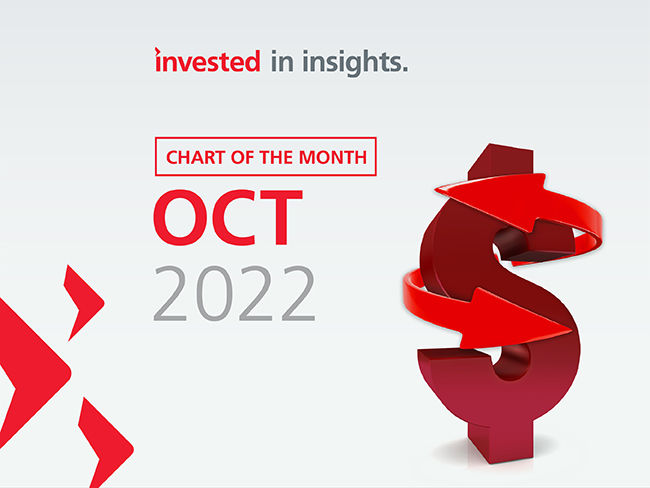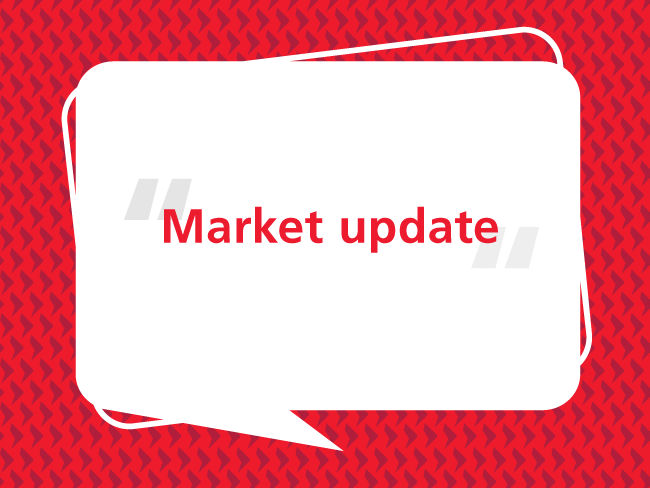The dollar’s ascent is not surprising – it is one of the few reserve currencies that offers a safe haven status and a decent yield. Nevertheless, the dollar’s run has made it increasingly expensive – the greenback is edging close to two standard deviations above its long-term average valuation. According to the Bank of International Settlements’ Real Effective Exchange Rate model, the dollar has only been more expensive on two occasions in the last 51 years. Once in 1971 near the end of the Bretton woods Agreement and the second instance was in the mid-1980’s where the dollar bubble led to the Plaza Accord.
The dollar may get even more expensive from here on the back of the US economy’s relative resilience and the Fed’s still aggressive policy tightening. The stronger than expected rise in US core inflation in September, driven by rent and transportation services, suggest that outsized rate hikes remain on the cards in the US. For the dollar to turn, it will require the Fed to reduce its pace of rate hikes, the global economic outlook to improve and investor risk appetite to rise.
The dollar’s eventual pivot matters for investors - the emerging markets (EM) have historically outperformed when the US dollar is falling, not rising. In the meantime, EM’s relatively healthy corporate balance sheets may help the region better weather the impending global slowdown. Net debt to equity ratios have fallen in recent years, making EM companies on average less leveraged than developed market companies. Interest coverage remains high, potentially providing a buffer in a world of higher interest rates. It is also interesting to note that year to date, EM currencies have on average been more resilient than the pound or euro, as the developed market currencies grapple with growth slowdowns and rising inflation, without the benefit of carry. With valuations of EM equity markets looking attractive, a weaker dollar is one of the catalysts needed for it to perform better. Therefore, investors looking to capture the longer-term potential upside in the emerging markets may want to keep an eye on when the mighty dollar turns.















